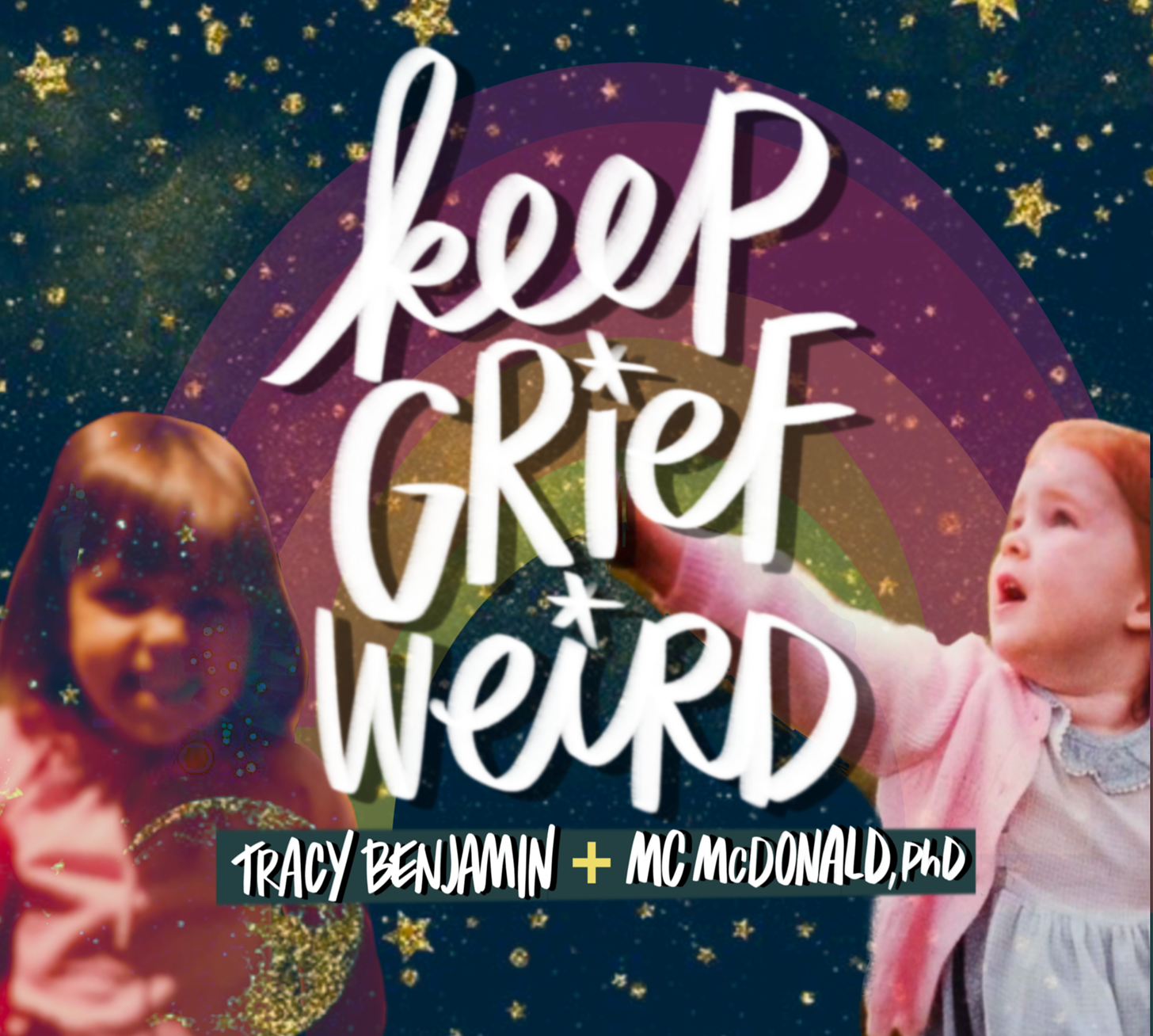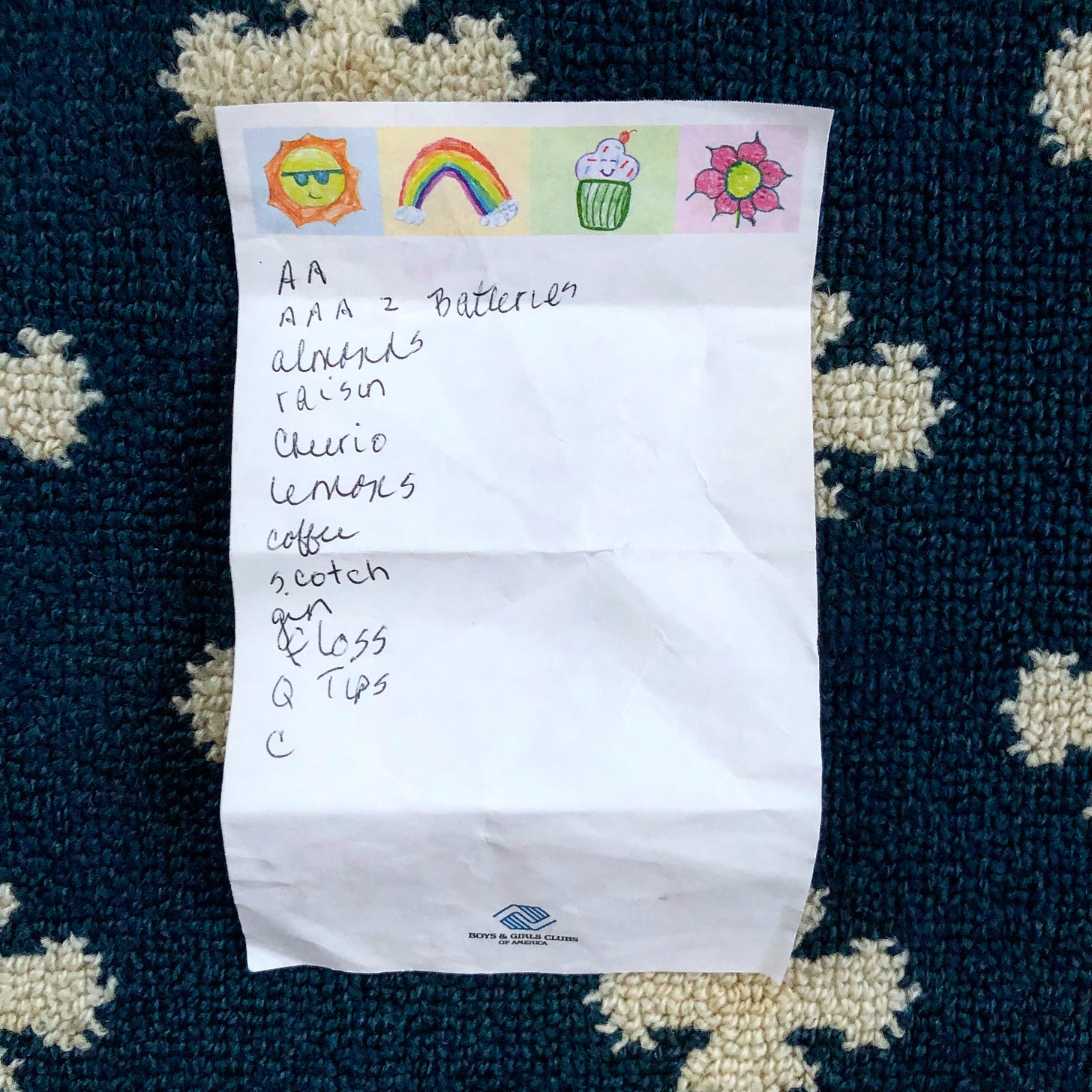What’s a grief wave? Judith Butler says it best:
Perhaps one mourns when one accepts that by the loss one undergoes one will be changed, possibly forever. Perhaps mourning has to do with agreeing to undergo a transformation (perhaps one should say submitting to a transformation) the full result of which one cannot know in advance.
There is losing, as we know, but there is also the transformative effect of loss, and this latter cannot be charted or planned. One can try to choose it, but it may be that this experience of transformation deconstitutes choice at some level. I do not think, for instance, that one can invoke the Protestant ethic when it comes to loss. One cannot say, "Oh, I'll go through loss this way, and that will be the result, and I'll apply myself to the task, and I'll endeavor to achieve the resolution of grief that is before me."
I think one is hit by waves, and that one starts out the day with an aim, a project, a plan, and finds oneself foiled. One finds oneself fallen. One is exhausted but does not know why. Something is larger than one's own deliberate plan, one's own project, one's own knowing and choosing. (Precarious Life: The Powers of Mourning and Violence)
One of my favorite books is called The Book of Dead Philosophers. It was written by my MA thesis advisor, Simon Critchley, and in it, he tells the stories of how various philosophers have died and the way that their death does (or does not) reflect their life and work. Often, the whole story is contained in their last words.
Descartes said, “My soul, you have been held captive a long time. This is the time for you to leave the prison and to relinquish the burden of this body. You must suffer this rupture with joy and courage.”
Sartre said, “Death? I don’t think about it. It has no place in my life.”
Goethe said, “More light.”
Kant said, “Sufficit,” or “it is enough.”
My mom said, “Romaine.”
Well, ok. Those were not her last words on earth. But those were her last words to me, which perfectly imperfectly capture how much she cared, how important nourishment was even in her final days. I tell that story on the podcast this week, and Tracy shares the story of her mother’s final Costco list.
These things that remain, Costco items and memories, sometimes form themselves into grief waves. We talk about how the grief process is not linear, about how very normal it is to experience waves of grief months and years after a loss, about how these waves come to be more sweet than bitter over time, and how whatever you are feeling in your grief process is what you are supposed to be feeling.
Here’s Bev’s last Costco list. We found some of these items still in her trunk days after she died. Tracy shares more of her Mom’s grocery lists here!
We also cover some helpful content this week about grief and the grieving process.
Did you know that there are actually six stages of grief and not just five? Did you know that the stages were developed in working with terminally ill cancer patients and not grievers? Did you know that they are not mandatory and that they don’t happen linearly? Go listen to the episode and you’ll learn all about it.
Here are the stages and some examples:
Denial: Initially, people may refuse to accept the reality of the situation. They may reject the news or attempt to convince themselves that it isn't true.
Example: Someone who has just received a terminal diagnosis might say, "This can't be happening to me. There must be some mistake. I need to get a second and third opinion."
Anger: As the reality of the loss sets in, individuals may become frustrated, irritable, or resentful. They may direct their anger toward themselves, others, or even the situation itself.
Example: A person who has lost a loved one might express anger by shouting, "Why did this have to happen to me? It's not fair!"
Bargaining: In this stage, individuals may attempt to negotiate with a higher power, fate, or even themselves in an effort to change the outcome or delay the inevitable.
Example: Someone facing the loss of a job or relationship might promise to work harder or make sacrifices in exchange for keeping their position.
Depression: As the full weight of the loss is realized, individuals may experience feelings of sadness, despair, and hopelessness. This stage often involves a deep sense of grief and mourning.
Example: A person grieving the end of a long-term relationship may feel overwhelmed with sadness, feel unable to imagine their future, and withdraw from social interactions.
Acceptance: Eventually, individuals come to terms with the reality of the loss. While this doesn't necessarily mean they're "over" the grief, it signifies a willingness to move forward and find a way to live with the loss.
Example: After a period of mourning, someone who has lost a beloved pet might accept that the pet is gone and begin to cherish the memories they shared.
Meaning: This stage involves finding meaning or purpose in the loss. It's about integrating the experience into one's life story and finding ways to grow from it.
Example: A person who has experienced the death of a family member might honor their memory by becoming involved in advocacy work related to the cause of death.
We also talked about the difference between active and passive grief. Both active and passive grief are a natural part of the grieving process, but we sometimes don’t even know that active grief is a possibility!
ACTIVE GRIEF: Active grieving happens when you take your grief and do something with it. This can look like so many things! For example - making art to memorialize your loss, writing about it, making an altar in your house, visiting a grave site for a visit or to place some flowers, making a playlist that encapsulates your relationship, telling stories about someone, or volunteering in someone’s memory.
PASSIVE GRIEF: Grief waves are a good example of the passive part of grief. We don’t choose these waves, they just hit. And the best way to handle them is to lean in and let yourself feel. Emotions are biological events that have a beginning, middle, and end - but we can get stuck in the middle if we go to war with the emotion instead of letting ourselves feel through it.
Tips for surviving grief waves:
Set a timer and let the emotion rip right through you for a specific amount of time. 15-20 minutes is great because that’s about the length of an emotion biologically. If you can only manage 3-5 minutes, that’s ok too!
Remember: emotions might feel terrible (like no-good-super-awful-catastrophic-terrible), but they are not going to take you out. They just want to be heard and given a little attention, that’s all.
Get curious. Listen, you don’t want the wave to be there right now. We totally get that. But it is. So turn to it and ask what it’s there for. What is it carrying with it? Why right now?
Express yourself! Get that grief wave out. Write it down, paint it, take a voice memo, or call a friend. This helps in two ways - it lessens the emotional burden on you, and it can help you integrate memories.
Want to share your grief stories? Message us here or at keepgriefweird@gmail.com, and tag us @keepgriefweird and use our hashtag- #keepgriefweird on Instagram.
You’ll be able to share your love for your lost loved one there.





















Episode 3 - Grief Waves